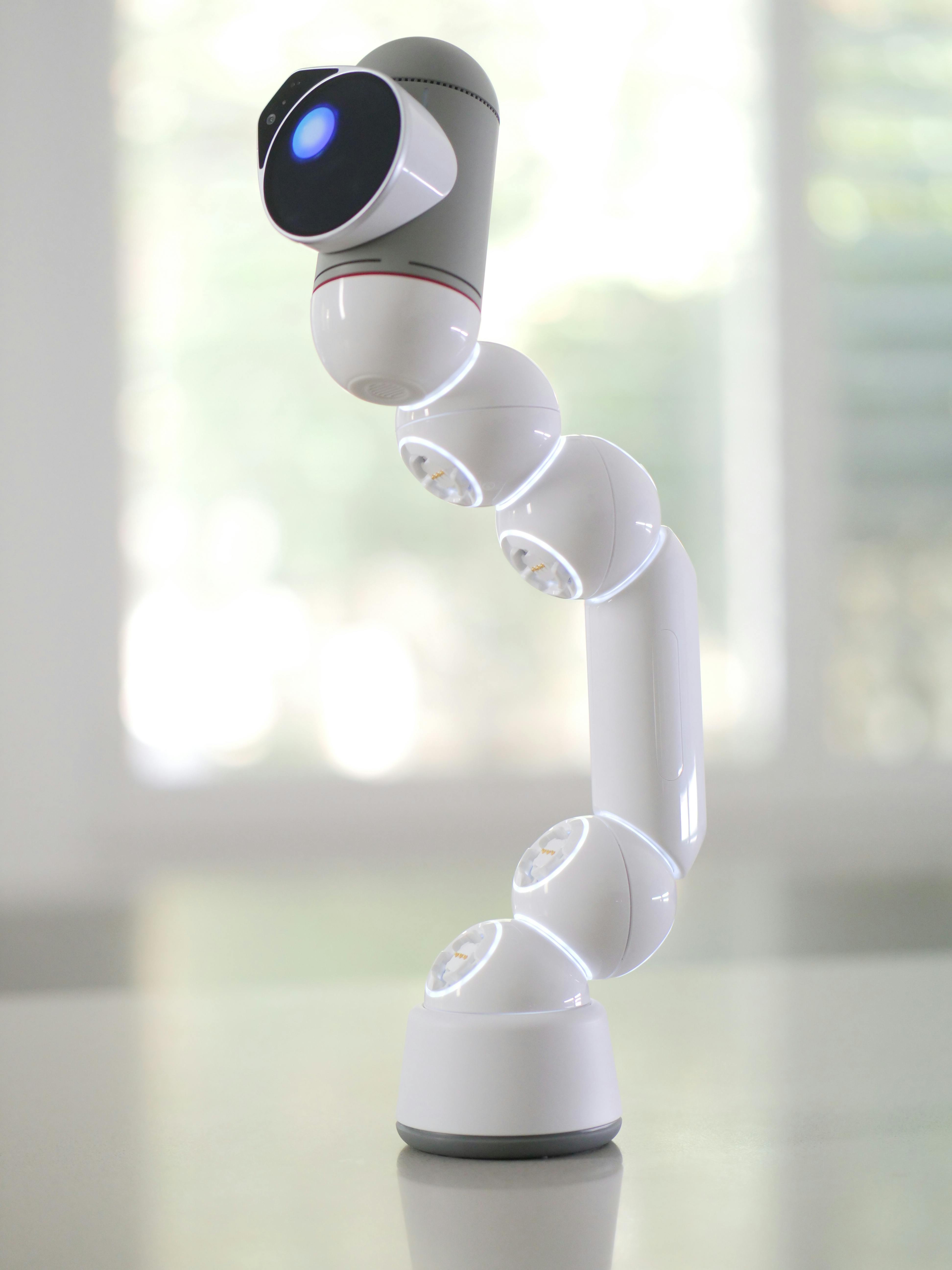Shifting Gears: The Dynamics of Industrial Co-Bots in Modern Business
Introduction In the ever-evolving industrial landscape, collaborative robots or 'co-bots' are sparking a new wave of operational efficiency. This article delves into the surge of co-bots in modern business, dissecting their impact, benefits, and challenges.

A Historical Overview of Industrial Co-Bots
The concept of co-bots was first introduced in the mid-1990s by researchers at Northwestern University. Since then, co-bots have undergone significant transformations, evolving from simple assistant machines to sophisticated devices capable of handling complex tasks. They were initially designed to physically interact with humans in shared workspaces, but their role has expanded significantly with the advent of advanced technologies.
Co-Bots: The New Norm in Modern Business
Today, co-bots have found their place in various industrial sectors, including automotive, electronics, and healthcare, among others. They are being utilized for tasks like product assembly, quality inspection, and material handling. With their ability to work alongside humans without the need for physical safety barriers, co-bots are revolutionizing industrial operations.
Unraveling the Impact, Benefits, and Challenges
The impact of co-bots on industrial operations has been profound. Their use has led to increased productivity, enhanced worker safety, and reduced operational costs. However, challenges remain, including high initial investment, the need for skilled workers to operate co-bots, and concerns over job displacement.
Research-Backed Insights
Several studies have highlighted the positive impact of co-bots on businesses. According to a report by the International Federation of Robotics, co-bots are expected to account for 34% of all industrial robot sales by 2025. This underscores the growing importance of co-bots in modern business operations.
Practical Insights for Co-Bot Implementation
- Begin with a pilot project: Before investing heavily in co-bots, businesses should consider running a pilot project to assess their suitability and effectiveness.
- Invest in worker training: Employees need to be trained on how to work alongside co-bots, ensuring maximum efficiency and safety.
- Regular maintenance: Like any industrial machinery, co-bots require regular maintenance to keep them in optimal condition.
In conclusion, co-bots represent a significant shift in industrial operations, offering a plethora of benefits while also posing certain challenges. As businesses continue to explore the potential of co-bots, it is crucial to keep an eye on the evolving trends and advancements in this field. With proper planning, investment, and training, co-bots can become an integral part of a business’s operational success.





